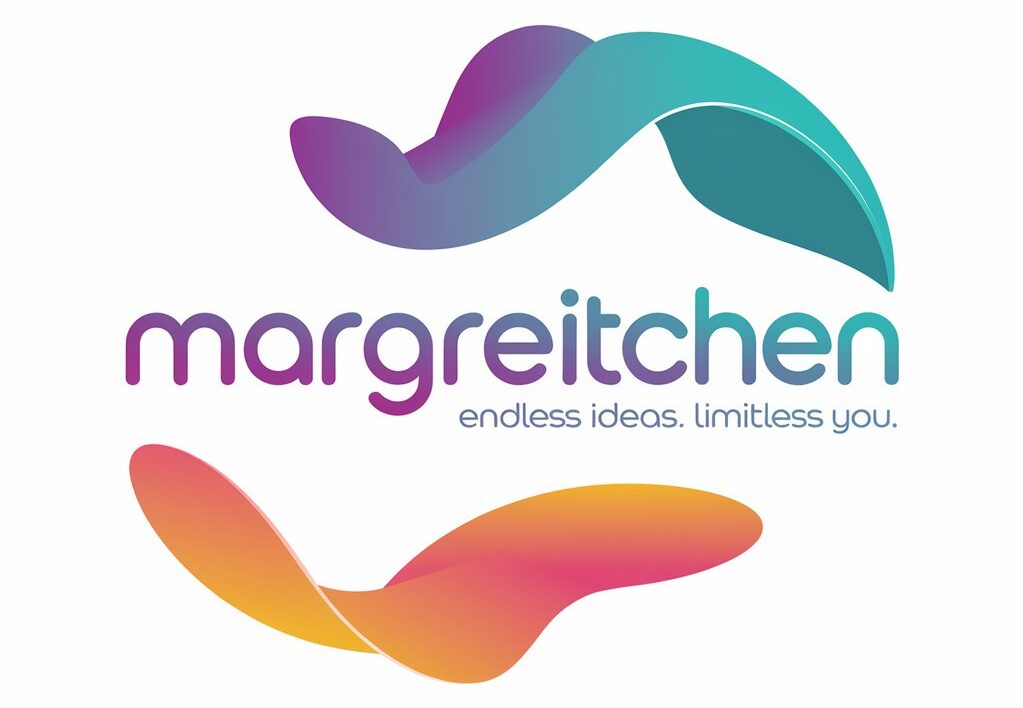Maryland’s Mental Health Integration Initiative represents a significant step forward in addressing the complexities of mental health care within the state. Launched in response to the growing recognition of the interdependence between mental and physical health, this initiative aims to create a more cohesive and comprehensive approach to mental health services. By integrating mental health care into primary health care settings, Maryland seeks to ensure that individuals receive holistic treatment that addresses both their physical and psychological needs.
The initiative is rooted in the understanding that mental health issues often manifest alongside physical health problems, creating a dual burden for patients and healthcare providers alike. By fostering collaboration between mental health professionals and primary care providers, Maryland aims to break down silos that have historically separated these two domains of health care.
This integration is expected to lead to improved patient outcomes, reduced stigma associated with seeking mental health care, and more efficient use of resources. As the initiative unfolds, it serves as a model for other states grappling with similar challenges in mental health service delivery.
Key Takeaways
- Maryland’s Mental Health Integration Initiative aims to improve access to mental health services by integrating them into primary care settings.
- The need for integrated mental health services in Maryland is driven by the high prevalence of mental health disorders and the lack of access to specialized care.
- The goals of the initiative include improving coordination of care, increasing access to mental health services, and reducing stigma associated with mental illness.
- Key components of the initiative include training primary care providers, implementing screening tools, and establishing referral networks with mental health specialists.
- Challenges to integration include funding constraints, workforce shortages, and resistance to change, but the initiative has shown success in improving patient outcomes and reducing healthcare costs.
The Need for Integrated Mental Health Services in Maryland
The Fragmented State of Mental Health Services
The current state of mental health services in Maryland is disjointed, leaving patients to navigate a complex web of providers. This fragmentation leads to delays in treatment and exacerbation of conditions, affecting not only individual well-being but also placing a strain on the broader healthcare system.
The Impact of the COVID-19 Pandemic
The COVID-19 pandemic has further highlighted the urgent need for integrated mental health services. The isolation, uncertainty, and stress brought on by the pandemic have led to increased rates of anxiety, depression, and other mental health disorders. In Maryland, as in many other states, there has been a marked rise in demand for mental health services, revealing gaps in availability and accessibility.
Towards a More Integrated Approach
The traditional model of care, which often relegates mental health treatment to specialized facilities, has proven inadequate in meeting the needs of a population that requires timely and comprehensive support. This context has propelled the state to prioritize integration as a means of enhancing service delivery and improving overall health outcomes.
Goals and Objectives of the Mental Health Integration Initiative

The overarching goal of Maryland’s Mental Health Integration Initiative is to create a seamless system of care that effectively addresses both mental and physical health needs. To achieve this, the initiative has established several key objectives aimed at fostering collaboration among healthcare providers, enhancing patient access to services, and improving overall health outcomes. One primary objective is to increase the number of primary care practices that incorporate mental health services into their offerings.
By equipping primary care providers with the tools and training necessary to identify and address mental health issues, the initiative seeks to ensure that patients receive timely interventions. Another critical objective is to reduce stigma associated with mental health treatment. By normalizing conversations around mental health within primary care settings, the initiative aims to create an environment where patients feel comfortable discussing their psychological well-being without fear of judgment.
This cultural shift is essential for encouraging individuals to seek help early, thereby preventing more severe mental health crises down the line. Additionally, the initiative emphasizes the importance of data collection and analysis to monitor progress and identify areas for improvement. By establishing metrics for success, Maryland can assess the effectiveness of its integration efforts and make necessary adjustments to enhance service delivery.
Key Components of the Initiative
| Component | Description | Metrics |
|---|---|---|
| Goals | The desired outcomes of the initiative | Number of goals achieved |
| Timeline | The schedule for implementing the initiative | Percentage of tasks completed on time |
| Resources | The tools and materials needed for the initiative | Cost of resources used |
| Stakeholders | The individuals or groups affected by the initiative | Level of stakeholder satisfaction |
The Mental Health Integration Initiative encompasses several key components designed to facilitate effective integration of services across various healthcare settings. One of the most significant elements is the establishment of collaborative care models that bring together primary care providers and mental health specialists. These models promote teamwork and communication among healthcare professionals, allowing for coordinated treatment plans that address both physical and mental health concerns simultaneously.
For instance, a patient presenting with chronic pain may also be experiencing depression; through integrated care, both issues can be addressed concurrently. Training and education are also vital components of the initiative. Primary care providers receive specialized training on recognizing and managing common mental health conditions, equipping them with the skills needed to provide initial assessments and interventions.
This training not only enhances provider confidence but also ensures that patients receive appropriate referrals when necessary. Furthermore, the initiative emphasizes the use of technology to facilitate communication between providers and streamline access to resources. Telehealth services have become increasingly important in this regard, allowing patients to connect with mental health professionals from the comfort of their homes while ensuring continuity of care.
Challenges and Barriers to Integration
Despite its promising framework, Maryland’s Mental Health Integration Initiative faces several challenges and barriers that could hinder its success. One significant obstacle is the existing stigma surrounding mental health issues, which can deter individuals from seeking help or disclosing their conditions to primary care providers. Even with integrated services available, patients may still feel uncomfortable discussing their mental health concerns due to societal perceptions or personal beliefs about seeking psychological support.
Additionally, funding constraints pose a considerable challenge to sustaining integrated services over time. While initial investments may be made to launch the initiative, ongoing financial support is crucial for maintaining training programs, expanding service availability, and ensuring that providers are adequately compensated for their efforts in delivering integrated care. The complexity of reimbursement structures within healthcare can also complicate matters; many insurance plans have historically treated mental health services differently from physical health services, creating disparities in coverage that can limit access for patients.
Successes and Impact of the Initiative

Increased Adoption of Integrated Care Models
One key indicator of its impact is the increased number of primary care practices adopting integrated models of care. Reports indicate that many practices have successfully implemented screening tools for mental health conditions, leading to earlier identification and intervention for patients who may have otherwise gone untreated.
Improved Patient Outcomes and Experience
This proactive approach not only improves individual outcomes but also contributes to a healthier population overall. Moreover, patient feedback has been overwhelmingly positive regarding their experiences with integrated services. Many individuals report feeling more supported when their primary care provider addresses both their physical and mental health needs in a coordinated manner.
Fostering Trust and Reducing Healthcare Burden
This holistic approach fosters a sense of trust between patients and providers, encouraging ongoing engagement with healthcare services. Additionally, early data suggests that integrated care models may lead to reduced emergency room visits and hospitalizations related to mental health crises, ultimately alleviating pressure on the healthcare system.
Future Plans and Sustainability of the Initiative
Looking ahead, Maryland’s Mental Health Integration Initiative aims to build on its successes while addressing existing challenges to ensure long-term sustainability.
Efforts are underway to reach underserved communities where access to both primary care and mental health services may be limited.
By prioritizing equity in service delivery, Maryland hopes to ensure that all residents can benefit from integrated care regardless of their circumstances. Additionally, ongoing evaluation and adaptation will be essential for maintaining momentum within the initiative. As new challenges arise—such as shifts in healthcare policy or emerging public health concerns—Maryland’s approach must remain flexible and responsive.
Engaging stakeholders from various sectors, including community organizations, healthcare providers, and policymakers, will be crucial for fostering collaboration and generating innovative solutions that enhance integration efforts over time.
The Importance of Integrated Mental Health Services
The significance of integrated mental health services cannot be overstated; they represent a paradigm shift in how healthcare is delivered and experienced by individuals across Maryland. By recognizing the interconnectedness of physical and mental well-being, initiatives like Maryland’s pave the way for more effective treatment models that prioritize holistic care. As this initiative continues to evolve, it holds promise not only for improving individual outcomes but also for transforming the broader landscape of healthcare delivery within the state.
In an era where mental health issues are increasingly recognized as critical components of overall health, Maryland’s commitment to integration serves as a beacon for other states grappling with similar challenges. The lessons learned from this initiative can inform future efforts nationwide as communities strive to create systems that truly support individuals in achieving optimal health outcomes across all dimensions of their lives.
FAQs
What is the Mental Health Integration Initiative in Maryland?
The Mental Health Integration Initiative in Maryland is a program aimed at integrating mental health services into primary care settings to improve access to mental health care for residents.
What are the goals of the Mental Health Integration Initiative in Maryland?
The goals of the initiative include improving access to mental health services, reducing stigma associated with mental illness, and providing comprehensive care for individuals with both physical and mental health needs.
How does the Mental Health Integration Initiative in Maryland work?
The initiative works by integrating mental health professionals, such as therapists and psychiatrists, into primary care practices to provide on-site mental health services to patients.
What are the benefits of the Mental Health Integration Initiative in Maryland?
The initiative aims to improve coordination of care, reduce barriers to accessing mental health services, and improve overall health outcomes for individuals with mental health needs.
Who is eligible to receive services through the Mental Health Integration Initiative in Maryland?
The initiative aims to serve all residents of Maryland who are in need of mental health services, particularly those who may face barriers to accessing care.
How is the Mental Health Integration Initiative in Maryland funded?
The initiative may be funded through a combination of federal, state, and local government funding, as well as private grants and partnerships with healthcare organizations.

